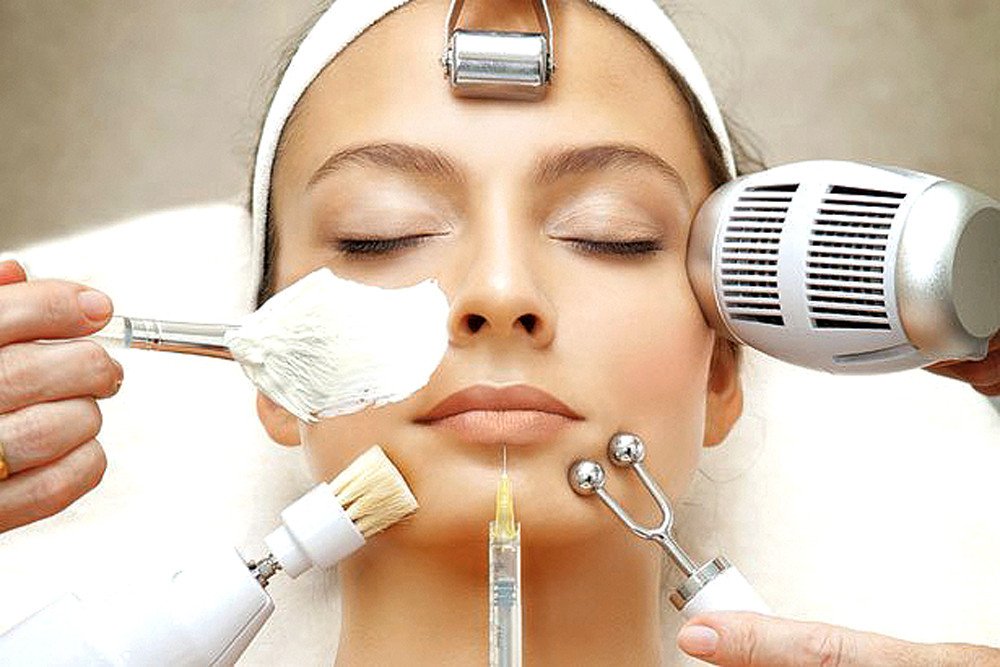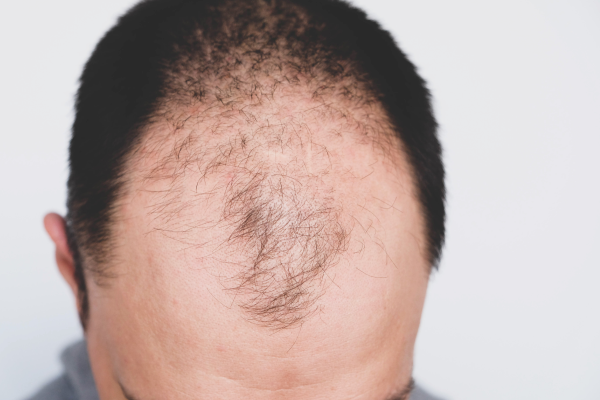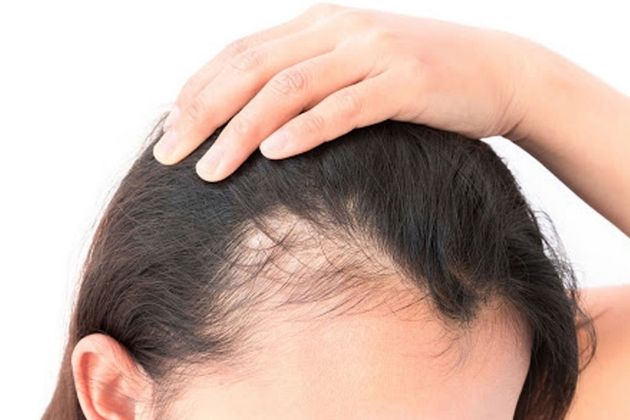
Cryosurgery
It is a type of surgery that includes the usage of intense cold for the destruction of abnormal and harmful tissues such as tumours. This surgery involves the use of carbon dioxide, liquid nitrogen, and argon. When liquid nitrogen is placed between the temperatures of -346 and -320°F, it freezes instantly anything that comes in contact with it. In the case of our body tissues, liquid nitrogen can kill the cells and tissues that come in contact with it.
This is necessary to kill the cells that can be cancerous. Usually, precancerous lesions or tumours on the skin are treated using cryosurgery. Cryosurgery is also called cryotherapy. It is a similar approach used by the doctor in which he/she freezes the warts by using liquid nitrogen spray.
There are many cryotherapy techniques to freeze tissues. The method used by your healthcare practitioner to apply the liquid nitrogen depends on where the affected tissue is located.
External
In this type of surgery, your doctor will use the freezing agent by spraying it or by using a cotton swab.
Internal
In this type of surgery, your doctor will use a device known as a cryoprobe. This device is used to treat issues inside the body. This instrument is put inside the body by performing a small skin incision.
Cryosurgery does have risks, but they’re considered lower than other cancer treatments, such as surgery and radiation.
The risks associated with cryosurgery include:
- blisters
- damage to nearby healthy tissue or vessels
- infection
- a loss of sensation if nerves are affected
- pain
- scarring
- ulcers
- skin discoloration
Cryosurgery is commonly done for the treatment of cancers or precancerous lesions present on the skin. This treatment is also used for internal organs such as the liver or in cases when conventional surgery is risky or difficult.
Cryosurgery is used as a primary treatment for the treatment of prostate cancer. It is also considered a primary treatment when cancer returns even after the usage of other therapies.
The procedure of this surgery depends on the area being treated. Before cryosurgery in Sirsa, Haryana, the patient received some type of medication for pain. Possible options for these medications at Delhi Skin Hospital are:
- General anaesthesia is used so that the patient can go into a deep sleep
- Spinal anaesthesia is used for numbness of the body
- Sedative agents to induce drowsiness in the body
- Numbing agents and medicines
Risks in Cryosurgery done for prostate cancer
- Blood in urine
- Swelling of the scrotum or penis
- Erectile dysfunction
- Soreness or Pain in the rectum and bladder
- Very frequent urge to urinate
- Very frequent urge for bowel movement
- Trouble and discomfort in urinating
- Problems and discomfort in passing urine.
Risks in Cryosurgery for liver cancer
- Blood vessel damage
- Bile duct damage
Risks in Cryosurgery for cervical intraepithelial neoplasia
- Cramping
- Bleeding
- Pain
Risks in Cryosurgery for skin cancer
- Scarring
- Loss of sensation
- hair loss
- Swelling
Risks in Cryosurgery for Bone Tumours
- Discomfort and Damage to nearby fractures or bones
Risks in Cryosurgery for retinoblastoma
- Swelling in the eye
- Blind spots
- Temporary detachment in the area of the retina
The preparation of cryosurgery in Sirsa, Haryana is dependent on the purpose of the surgery it is being performed. If you are considering it for treatment of an internal organ, you will be given some instructions by the doctor.
The doctor will ask you to fast for around 12 hours before the surgery, and you will be asked to arrange your ride home after the procedure.
Inform your doctor about any anaesthetic allergies you may have before the surgery, along with any medications you take, including over-the-counter drugs and dietary supplements.
Your doctor will apply liquid nitrogen on the area which is to be treated with the help of a cotton swab or some spray. he/she will also use numbing medicine to reduce the discomfort or pain.
If you need treatment for an external area, the doctor will use a scope which is a small flexible tube that can go through various openings of the body such as the rectum, urethra, or a surgical incision. The doctor feeds the liquid nitrogen to the area that requires treatment. The affected cells freeze and die and get slowly absorbed by the body.
You should contact your doctor if you have given below signs of an infection after the process of cryotherapy:
- Redness.
- Pus.
- Unexplained fever.
You should also contact your doctor if you notice any skin irritation or issues after you have healed from cryotherapy.
If someone has had cryosurgery, a combination of fruits, vegetables, and other edible plants may be the best option. Most of the patients who go through cryosurgery don't require any specific diet. However, if someone has gone through internal surgery, he/she may need special food to fasten the recovery process and boost immunity.
Here is a list of some foods that you can eat after cryosurgery in Sirsa, Haryana:
- Fresh fruits
- Lots of water
- Pulses
- Vegetables
- Eggs
- Lean meat
- Legumes
- Fruit/ vegetable juice
- Less sugary treats
Book your appointment today with Delhi Skin Hospital and get the best cryosurgery in Sirsa, Haryana.
Book Your Free Consultation Now
Other Treatment
-
Lipoma Treatment
A lipoma is a lump of fatty tissue that grows just under the skin. Lipomas move easily when you touch them and feel rubbery, not hard.
-
Male Patterned Baldness
Male pattern baldness is the most common type of hair loss in men.
-
Female Hair Loss
Hair loss in women is just that — when a woman experiences unexpected, heavy loss of hair
Gallery









